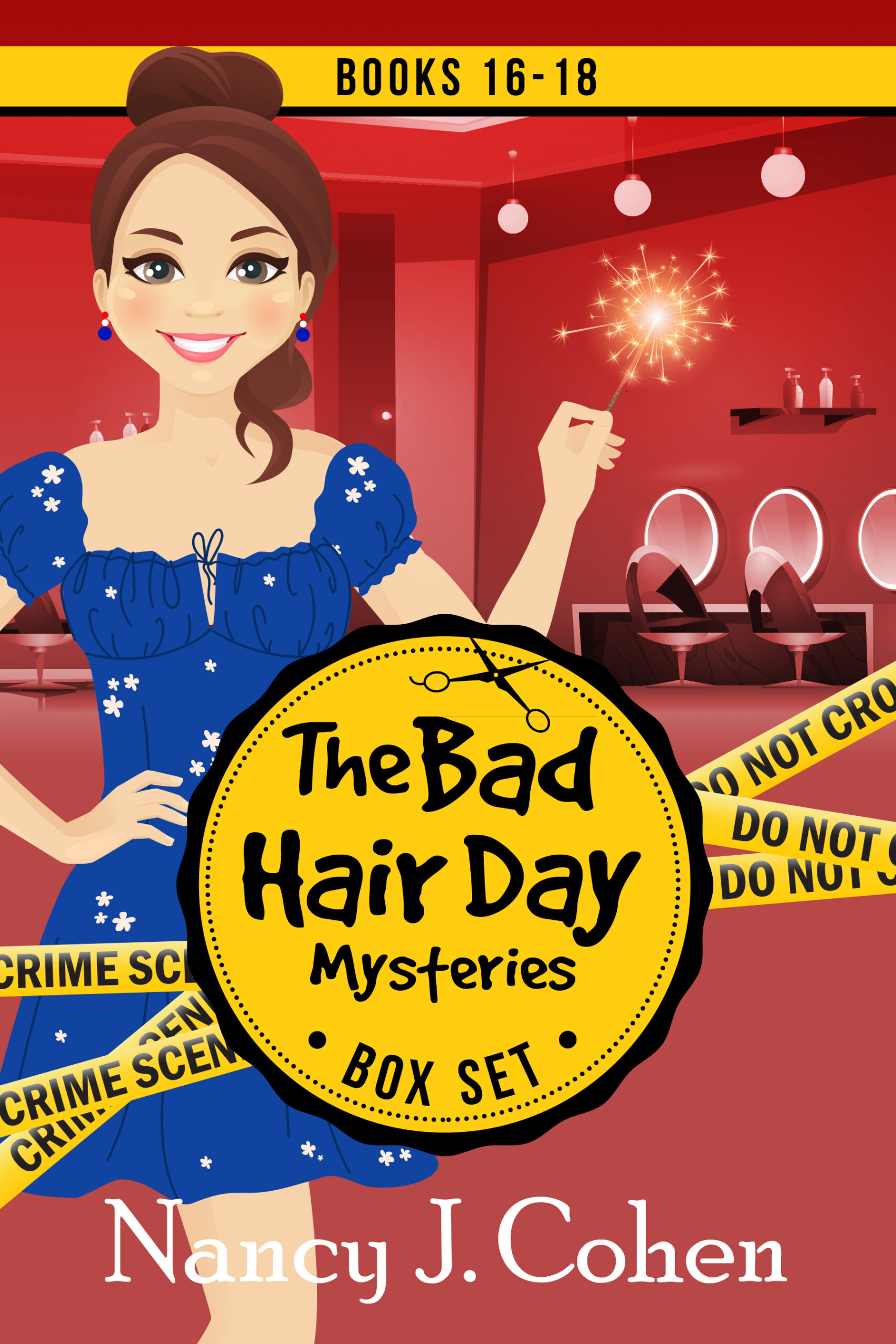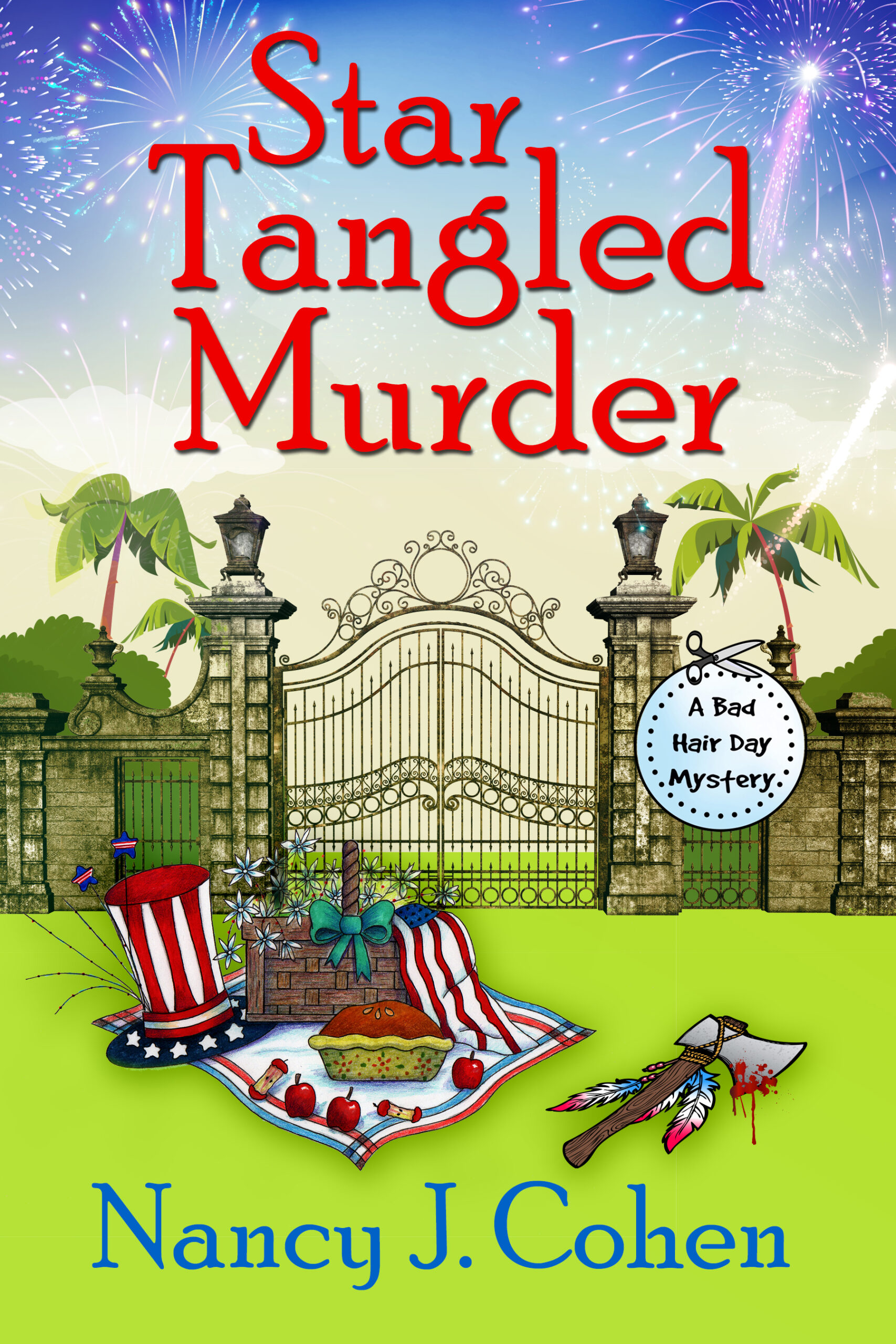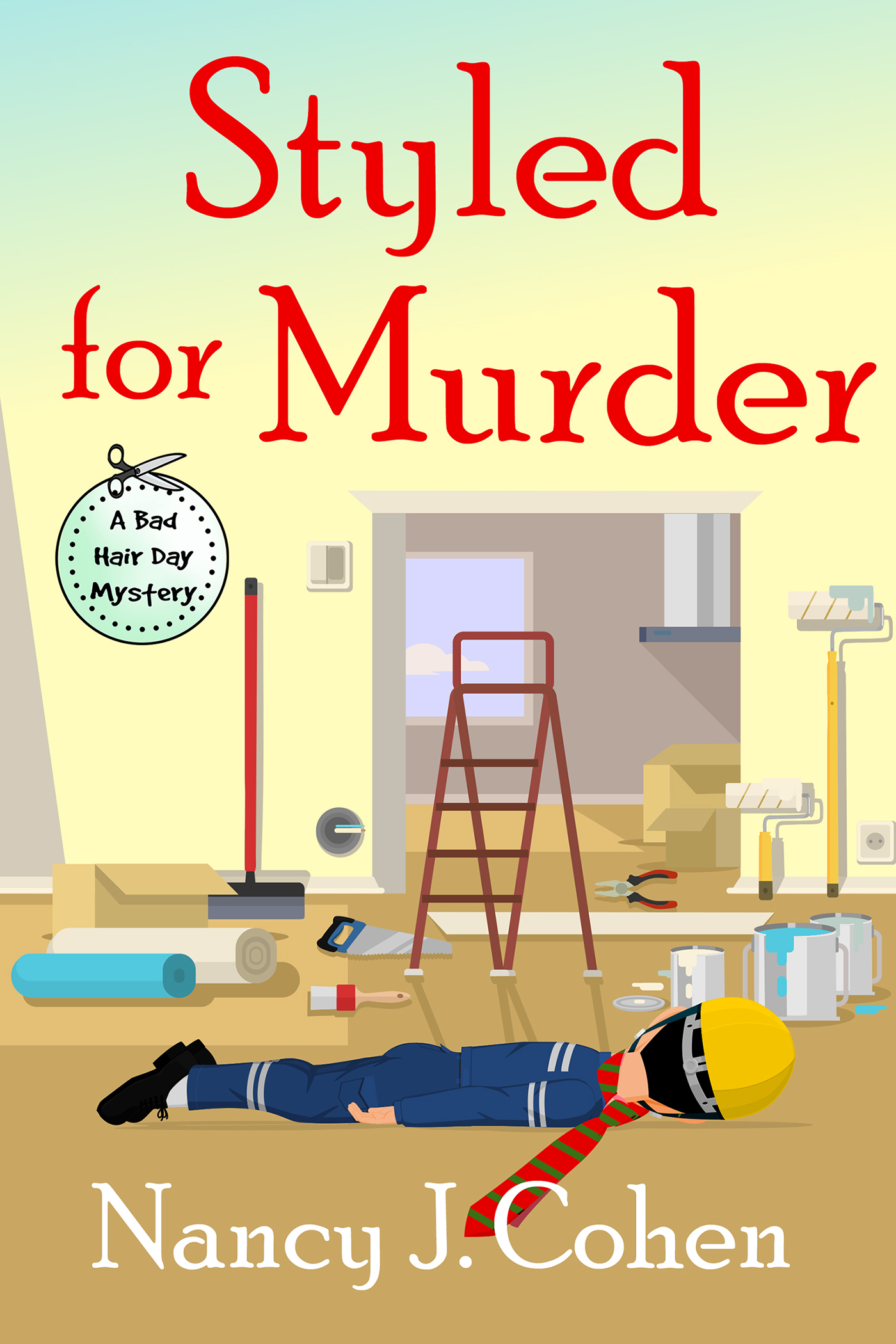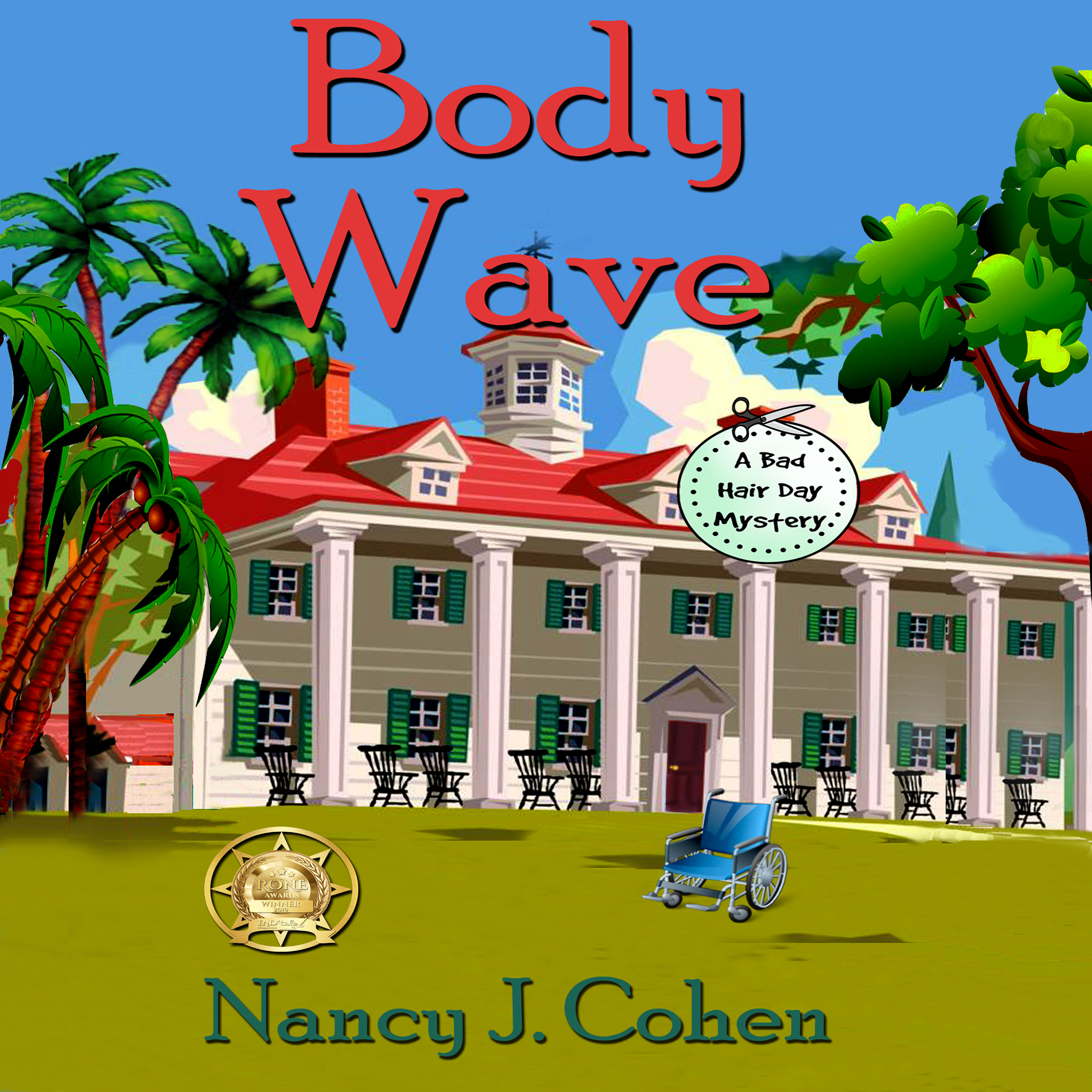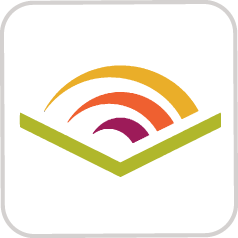Story Magic
I’ve written on this topic before, but it continues to astound me. Facing the blank white page again this morning, I wondered how I’d ever fill my page quota. My characters had just been captured by the bad guys. They’d been isolated from each other, and I had no idea how they would escape. But when I started writing and entered the Zone, as we writers call it, the story just took over. I went into a trance-like state, where I’m not aware of my surroundings. I visualize the story and the words just come out. Before I know it, my page quota is done.
In today’s section, my heroine is taken to the enemy commander. During their conversation, she learns things important to the plot. She’s dragged away for interrogation. This segment concludes the chapter. The next chapter will switch between her viewpoint and the hero’s. They’ll each gain information, and a new character will be introduced. I don’t have to worry about that today. I finished my pages and can move on to other things, like writing this blog.
I’m also proofreading the eBook version of Moonlight Rhapsody, one of my earlier futuristic romances. Then there are the social networks, listserves, and numerous other promotional activities to keep me busy. Did I mention that I’m meeting a friend for lunch and have errands to do? Thank goodness I finished these pages early because now it’s time for the exercise bike.
This book is taking off already because I know the characters. It’s the second volume in the series, and I laid all the groundwork in book number one. Unlike a mystery with numerous suspects that have to be introduced for the first time, this paranormal romance focuses on the hero and heroine and the various secondary characters they meet during their journey. The hardest thing is remembering the mythology I created, but I have enough notes to help me along.
Whoever said (and I’m not exactly sure if this is correct), “I hate writing, but I love having written,” is right, although it’s the blank page I hate. I love having written once the story magic takes over and words fill the pages.










